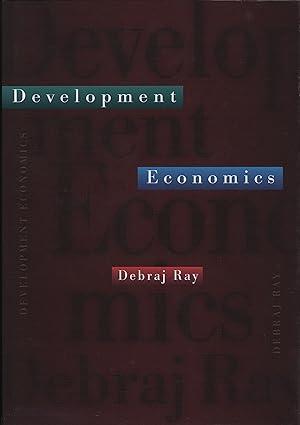Suppose that domestic producers in a developing country are able to produce cement at a unit cost
Question:
Suppose that domestic producers in a developing country are able to produce cement at a unit cost of $5 per kilogram, up to a capacity limit of ten million kilograms a year. The world price of cement is $1.50 per kilogram. Suppose that there are two categories of cement users: industrial construction companies, who are willing to pay up to $10 per kilogram, and demand five million kilograms a year; and household construction companies, who are willing to pay up to $2 per kilogram, and demand 25 million kilograms a year.
(a) Describe the market outcome when the country can freely export and import cement.
(b) Suppose that the government needs to balance its budget and for this purpose needs to raise revenues of $20 million a year by levying either a tariff on cement imports or an excise tax on the domestic production of cement. Can this be achieved by a tariff alone? By sales tax alone?
(c) Is there a combined tax-tariff policy that will succeed in ensuring survival of the domestic cement industry, as well as in raising the required revenues? What criteria would you use to attack or defend such a policy?
Step by Step Answer:






